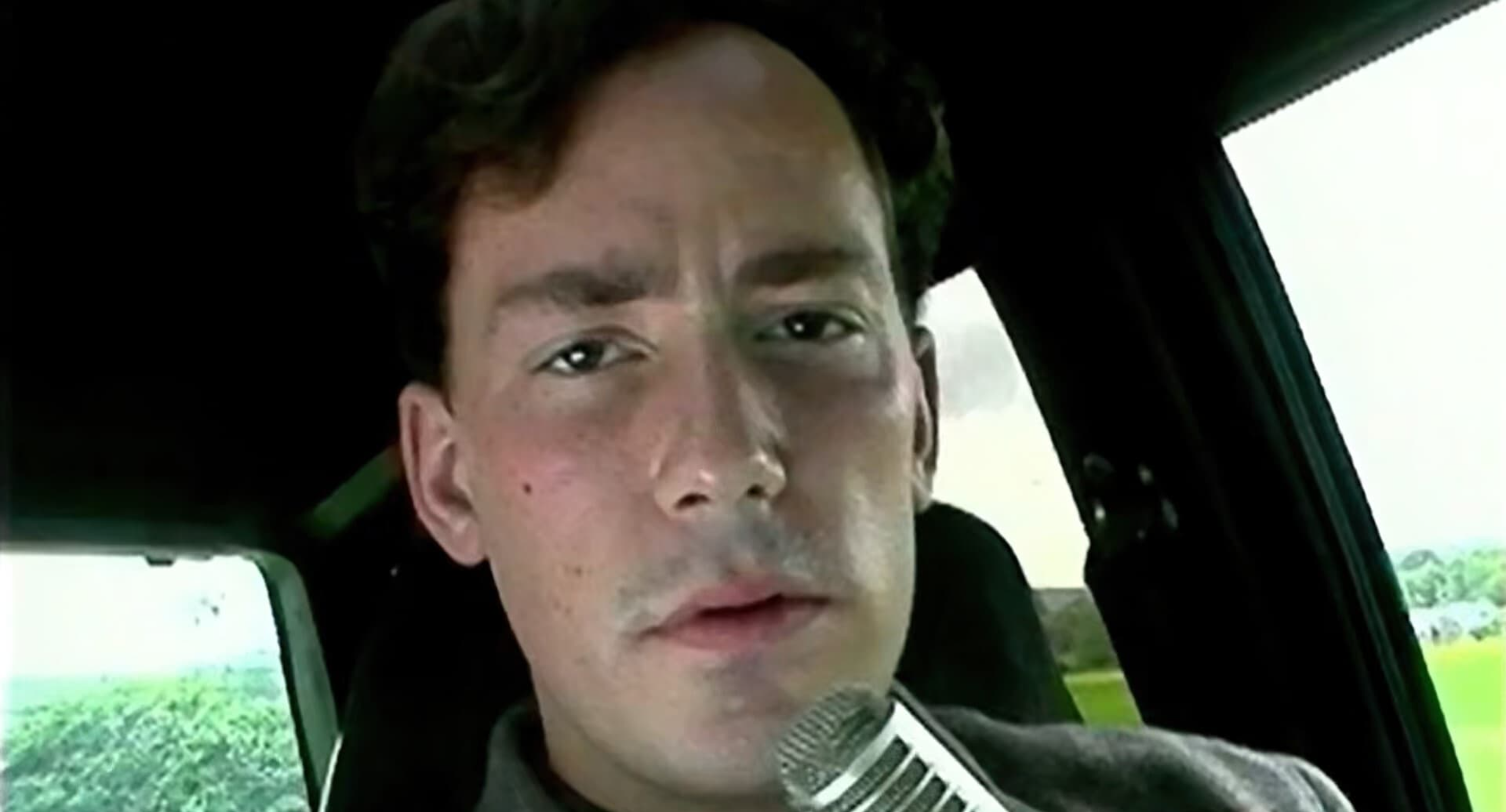The Last Broadcast – Film Review
Published April 24, 2024

The Last Broadcast emerges as a curiously innovative yet frustratingly uneven horror film that endeavors to meld the rawness of found-footage storytelling with the analytical depth of a pseudo-documentary format. Written, produced, and directed by Stefan Avalos and Lance Weiler, who also assume roles in front of the camera, the film weaves a narrative around the eerie and unsolved Fact or Fiction murders, probing into the dark corridors of the human psyche and the ever-elusive truth. While its ambition and pioneering spirit cannot be denied, especially considering its place in the timeline of found-footage horror, the execution leaves something to be desired, oscillating between engrossing mystery and tepid exposition.
At its core, The Last Broadcast presents an absorbing mystery: the disappearance and murder of a public-access TV crew who embarked on an expedition to uncover the mythical Jersey Devil in the dense New Jersey Pine Barrens. The premise, ripe with potential, taps into our collective fascination with urban legends and the dark, untold stories that forests like the Pine Barrens may hold. Furthermore, the integration of technology—Internet Relay Chat, amateur radio, and the nascent possibilities of digital editing—serves as a forebearer to the digital age anxieties and the role technology plays in mediating reality.
The narrative unfolds through the lens of David Leigh, a documentary filmmaker delving into the convoluted case to piece together what happened on that fateful expedition. This storytelling choice is double-edged. On one hand, it grants viewers an analytical vantage point, inviting them to piece together the mystery alongside Leigh. On the other, it distances the audience from the immediacy and visceral fear that found-footage horror, at its best, can elicit. The layers of narrative filtration through Leigh’s documentary perspective at times dilute the suspense and sense of dread that the setup promises.
The performance quality within The Last Broadcast is a mixed bag. While the actors embody their roles with a commendable level of authenticity, reflecting perhaps their dual roles as both performers and creators, there are moments when the acting feels stilted, pulling the viewer out of the immersive experience the format strives to create. This inconsistency might stem from the inherent challenges of blending realism with fiction, a gamble that doesn’t always pay off throughout the film.
The film’s technological aspirations and narrative structure are where its innovation truly shines. As one of the early examples of digital filmmaking, The Last Broadcast demonstrates a pioneering use of digital video editing and the Internet, predating more well-known found-footage films that would later capitalize on similar themes of technology-mediated horror. The integration of live broadcasting and digital evidence collection anticipates the future of horror narratives that rely on social media and digital footprints to construct terror. Yet, the execution sometimes falters under the weight of its ambition. The pacing can be uneven, with stretches of investigative digression that stall the building tension and moments of revelation that feel abrupt or underexplored.
The film’s twist ending, revealing Leigh as the killer, aims for a shocking denouement but instead treads into predictable territory, partly due to the heavy-handed foreshadowing and the narrative’s framing device. While it endeavors to recontextualize the preceding events and cast them in a new, sinister light, it lacks the narrative groundwork to make the revelation both surprising and inevitable. Moreover, the sudden shift to a third-person perspective in the climax, though intended to unveil the truth and break the cycle of mediated realities, instead comes across as jarring, breaking the film’s own rules and diluting the impact of its found-footage premise.
Despite its flaws, The Last Broadcast deserves acknowledgment for its trailblazing role in the found-footage genre and its inventive use of digital storytelling tools. It represents an early experiment in weaving technology into the fabric of horror, exploring how the medium through which a story is told can shape and sometimes distort the truth. It’s a film that resonates with questions about reality, representation, and the elusive nature of truth—themes that are increasingly relevant in today’s digital age.
The Last Broadcast is a film of contradictions. It is at once pioneering and derivative, compelling and frustrating. Its innovative use of technology and the pseudo-documentary format marks an important moment in the evolution of the horror genre, yet its execution falls short of its potential. For fans of the found-footage genre and those interested in the intersection of technology and storytelling, The Last Broadcast offers an intriguing, albeit flawed, viewing experience that prompts reflection on the nature of truth in the age of digital media.
